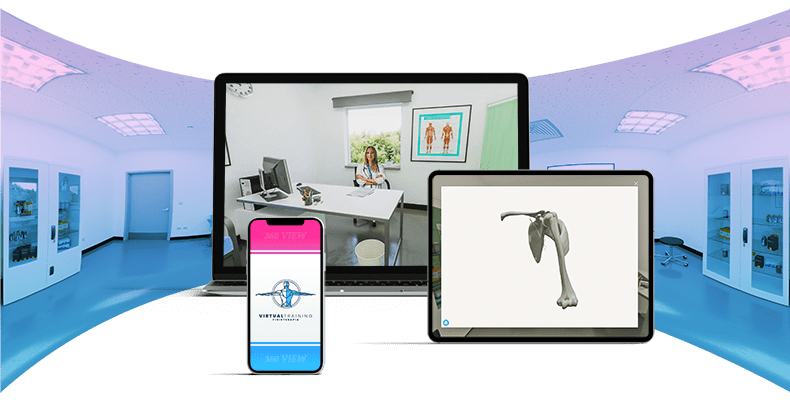In the field of AR and VR Hardware technology, recent market trends paint a picture of both struggle and potential. According to the latest data from the Worldwide Quarterly Augmented and Virtual Reality Headset Tracker by IDC, global shipments of AR/VR headsets have experienced a concerning decline in 2023, halting at 7.7 million units, drastically decreasing by 44.6% compared to the same period in 2022. This downturn is attributed to the broader economic pressures globally, compounded by the price increase of the Meta Quest 2, the widely adopted VR headset which further dampened market growth.
Picture: https://omdia.tech.informa.com/
Shifts in the AR/VR Hardware Market
Despite the current challenges, there are notable shifts within the AR/VR landscape that signal resilience and adaptation. Standalone headsets like Meta Quest 2, which operate independently without the need for a computer, have seen remarkable growth, boasting an annual growth rate of 57.5%. Conversely, headsets reliant on smartphones as displays, such as the Samsung Gear VR, are gradually fading from the market. These shifts reflect the evolving of consumer preferences towards convenience and accessibility in immersive experiences, highlighting opportunities for innovation and market expansion in the AR/VR sector.
The Rise of Apple’s Vision Pro and Growth Prospects in the AR/VR Market
Meta continues to dominate the market with a commanding 50.2% share in 2023. However, the industry anticipates a rebound in the coming years. Projections indicate a 46.8% annual growth in shipments fuelled by the launch of new devices such as Meta Quest 3 and ByteDance’s Pico 5, alongside the much-anticipated arrival of Apple’s Vision Pro. The Vision Pro, which was released on February 2nd 2024, holds the potential to redefine the AR/VR landscape, particularly in the field of home entertainment. Despite the initial price barrier, the immersive experiences promised by devices like the Apple Vision Pro could become more accessible over time, paving the way for widespread adoption and market expansion. By 2028, it is estimated that the global market will reach a total of 9.8 million units.
In conclusion, while the AR/VR headset market faces immediate hurdles, there is optimism for long-term growth and innovation. The current downturn underscores the need for industry players to adapt to changing consumer preferences and market dynamics. Standalone devices, advancements in technology, and the advent of new players like Apple signal a shifting landscape filled with opportunities. As the market navigates through challenges, the prospect of immersive experiences becoming more mainstream and accessible beckons, promising a future where augmented and virtual reality seamlessly integrate into various facets of our lives.
Source: https://www.afdigitale.it/in-attesa-di-quest-3-e-vision-pro-i-visori-ar-vr-sono-fermi-ai-numeri-del-2017/




